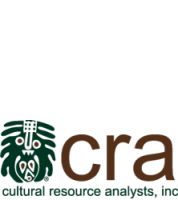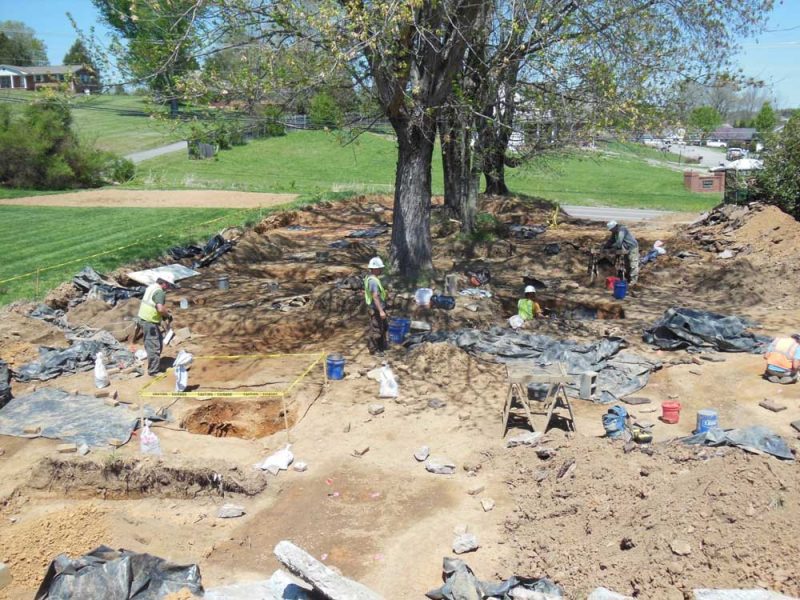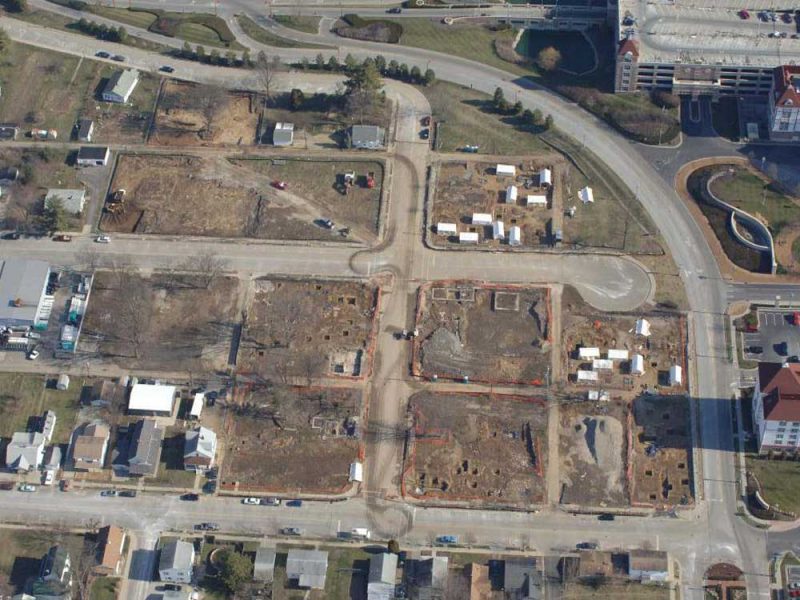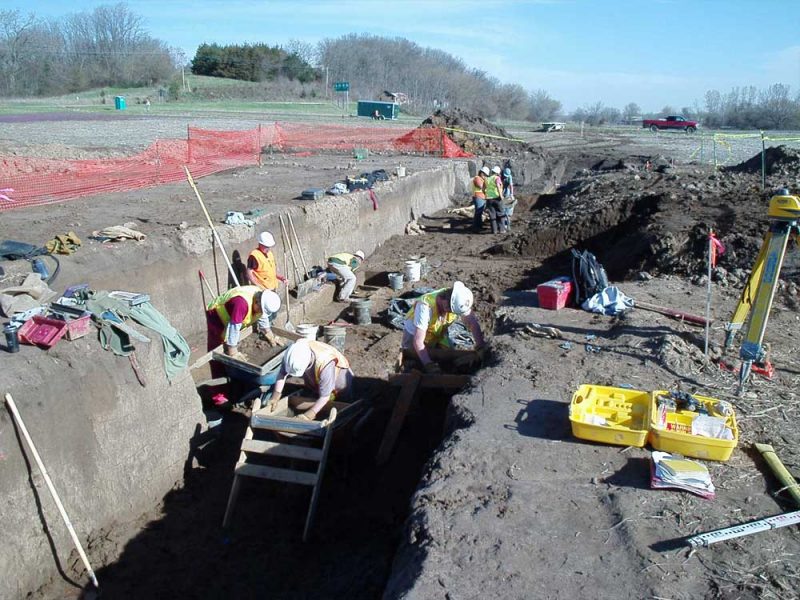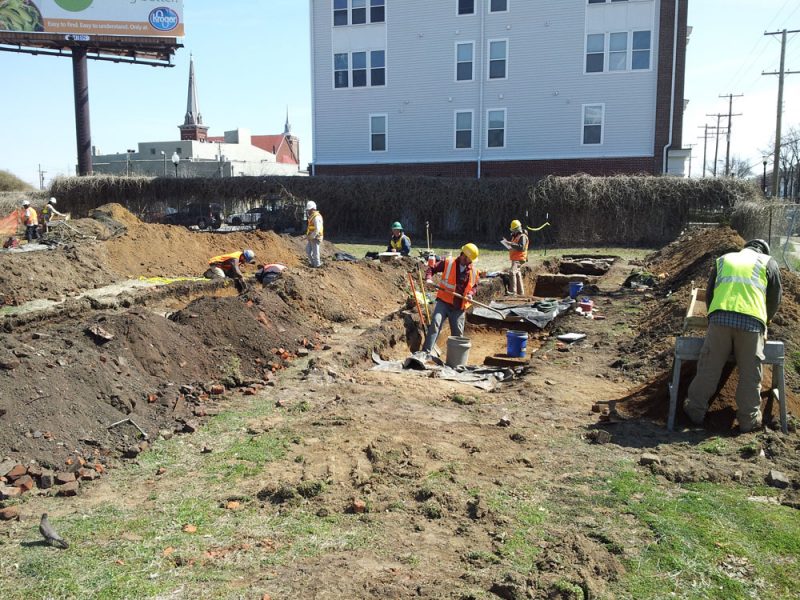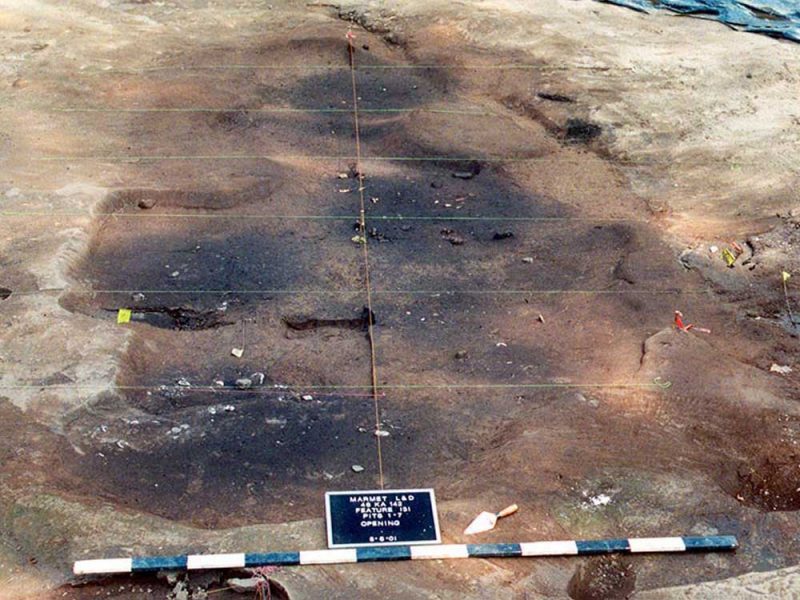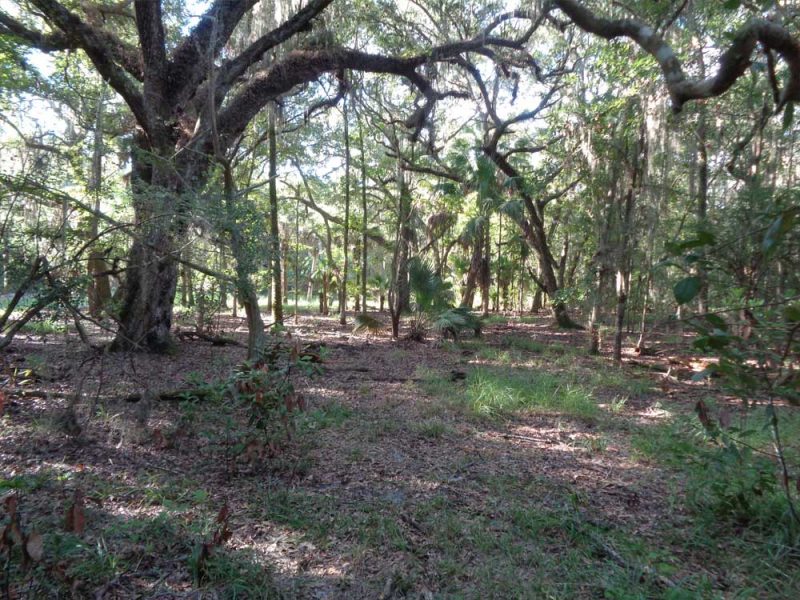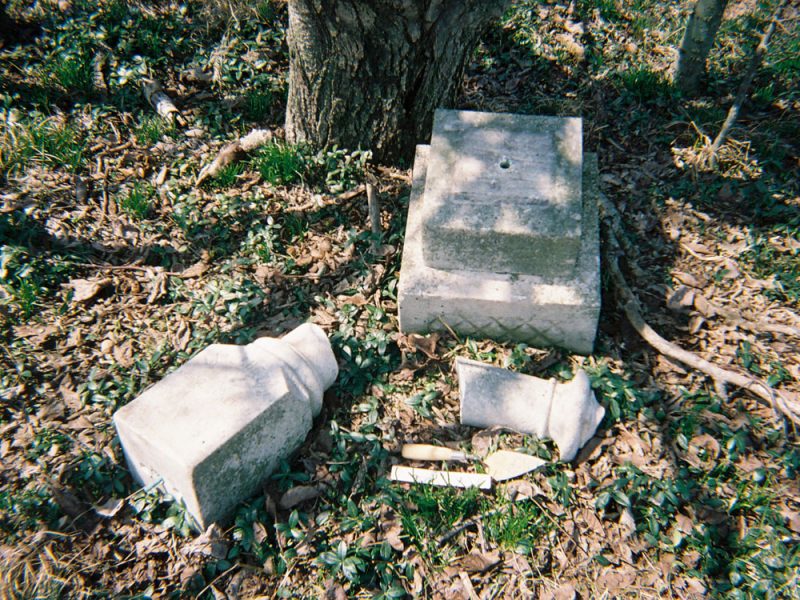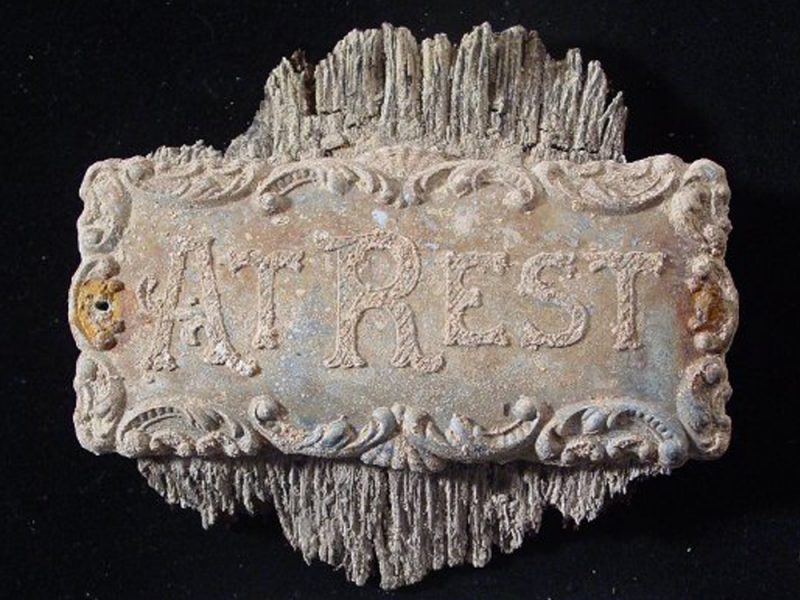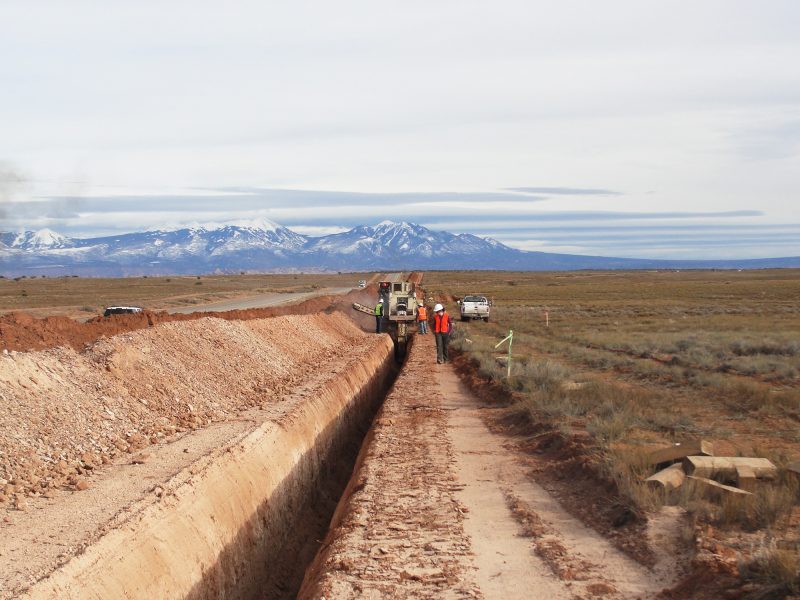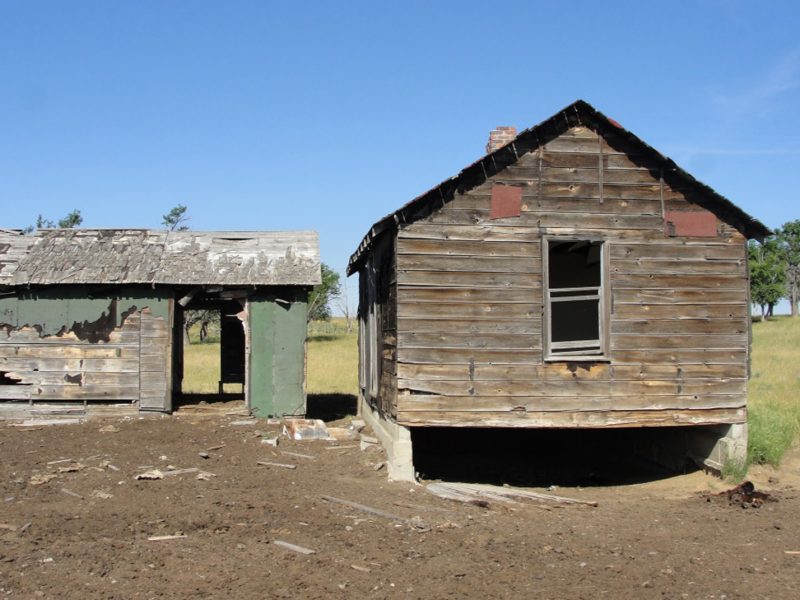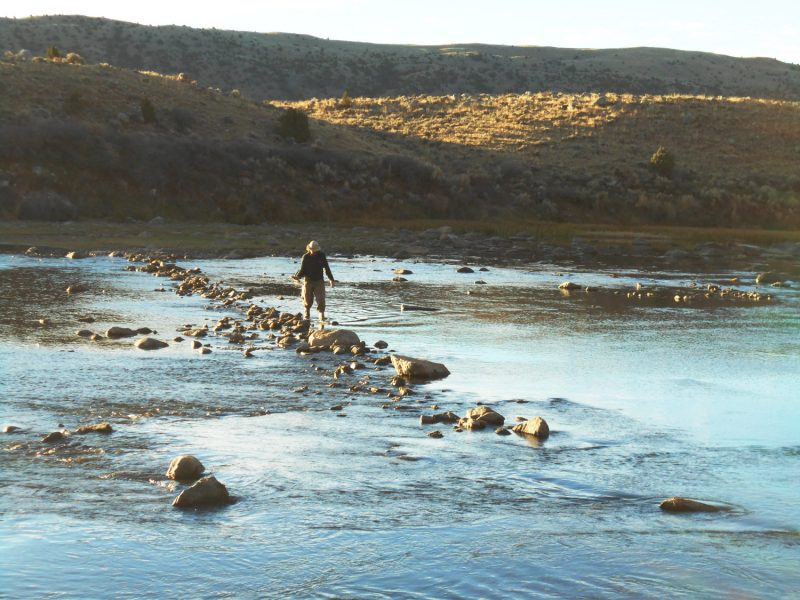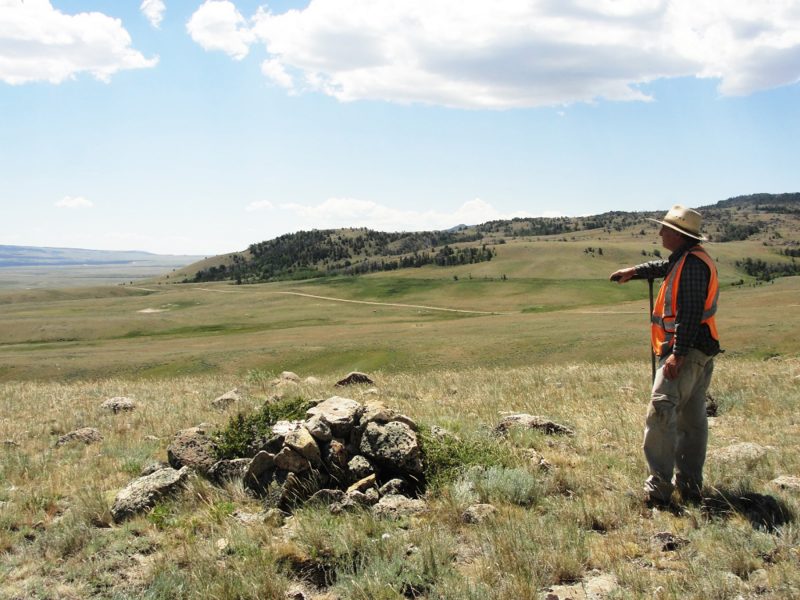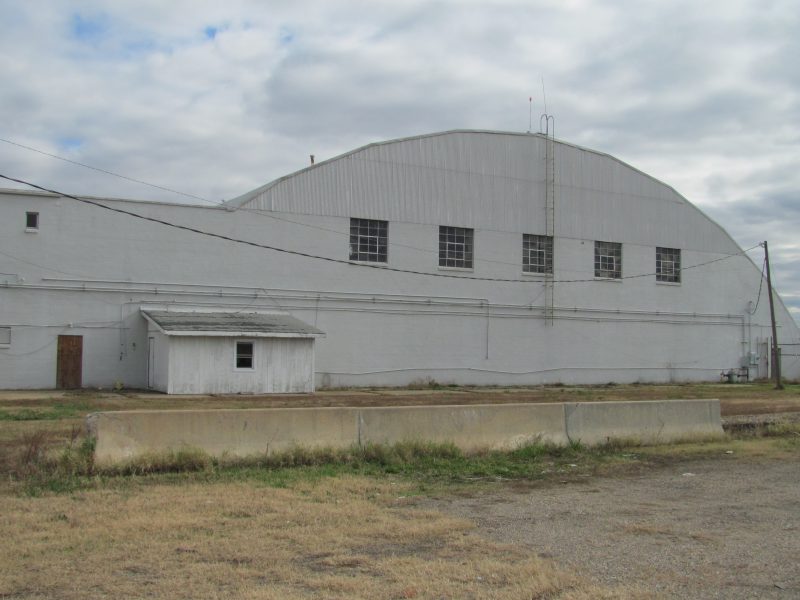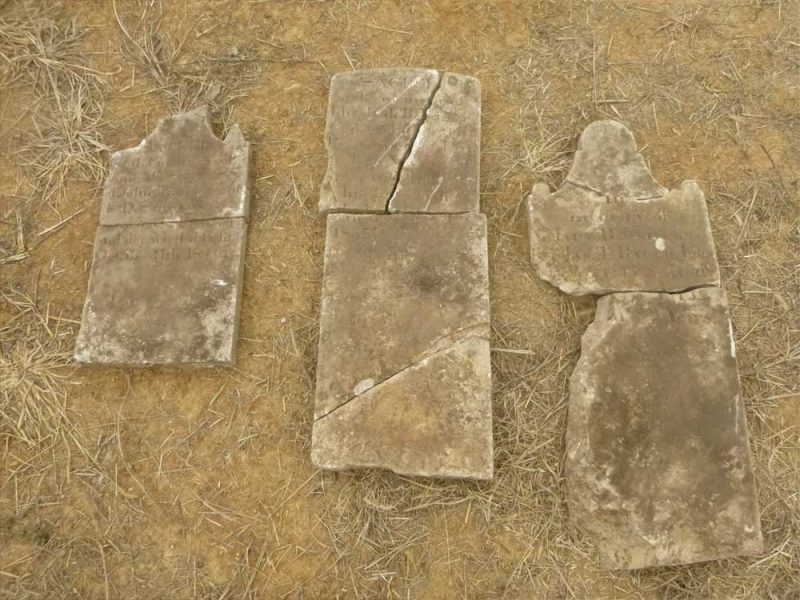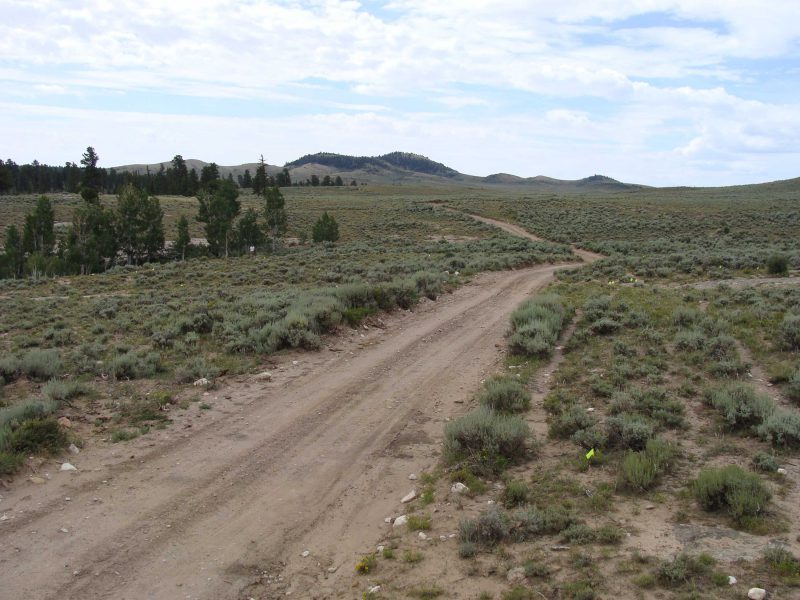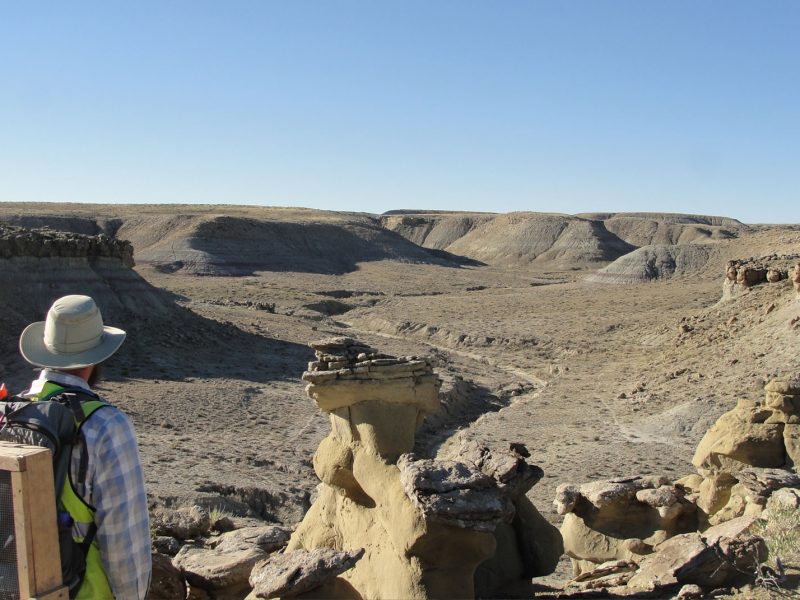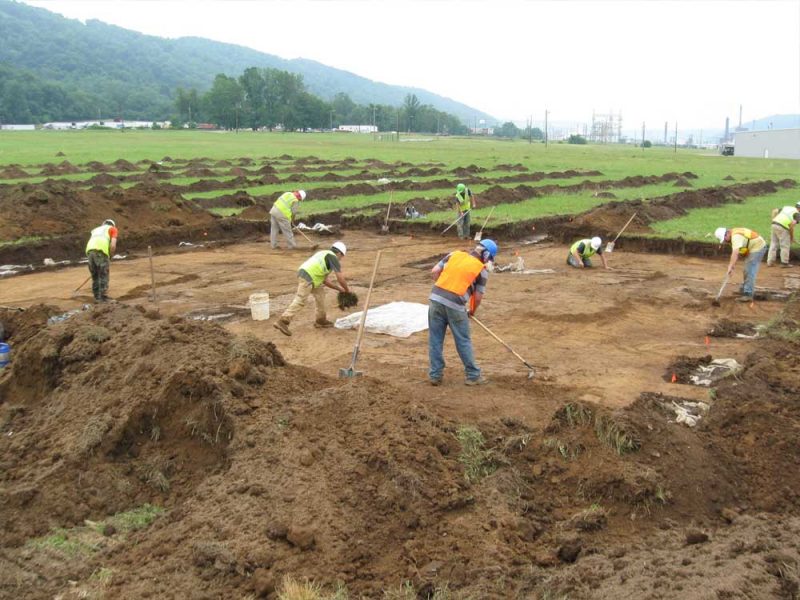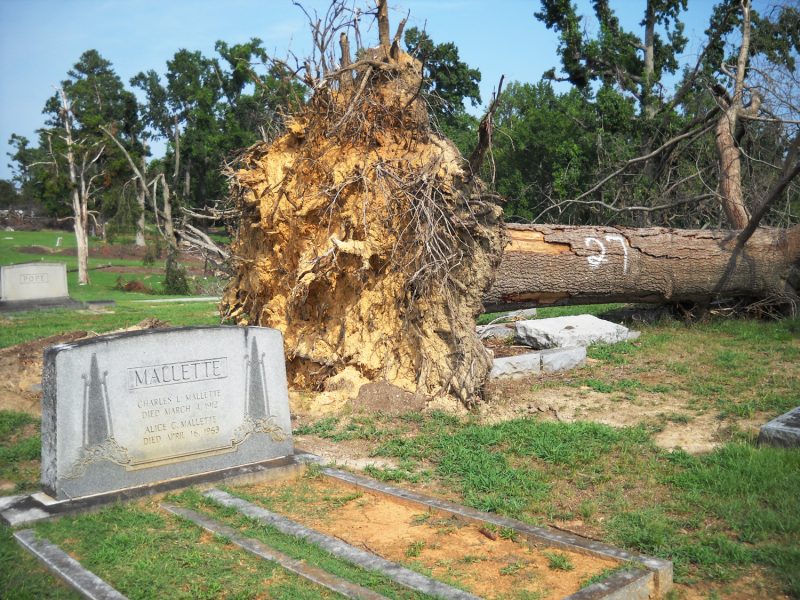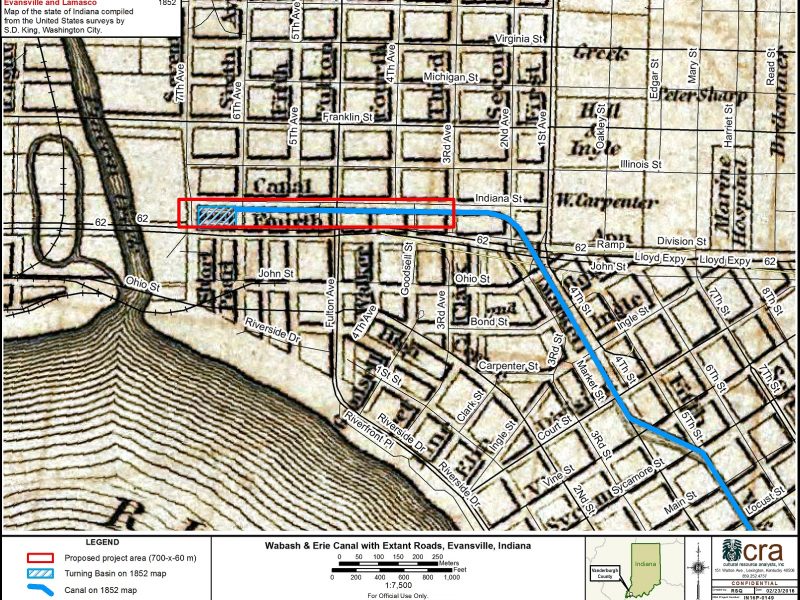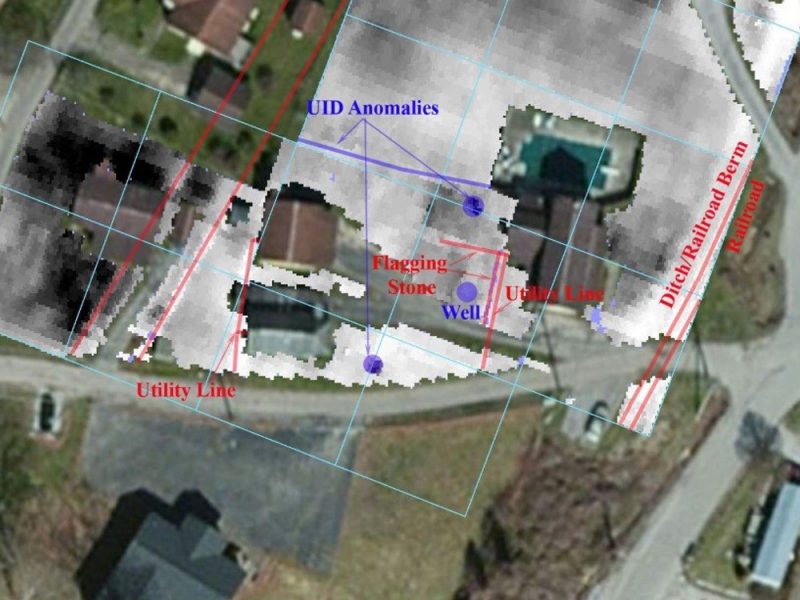Archaeology

Since our founding in 1983, the identification, evaluation, and management of archaeological resources have served as the foundation for CRA’s services. Through it all, we have strived to serve as a national leader in compliance-driven archaeology and make substantive methodological and theoretical contributions to our discipline. With our multiple offices and broad staff experience, CRA is able to take on archaeological projects in much of the United States and provides the full range of services for both prehistoric and historic archaeology, including due diligence reviews, predictive modeling, Phase I and II identification and evaluation surveys, and Phase III data recovery projects.
Our capabilities are supported by our interdisciplinary archaeology team, who offer more than 650 years of combined experience, a successful record of supervisory experience across the country, and specialized expertise in everything from prehistoric lithic analysis to bioarchaeology. Our team is led by principal investigators who are all well-versed in federal, state, and local regulations governing archaeological studies and committed to working alongside clients to develop cost-effective, timely solutions that allow projects to move forward in an effective manner. All of our principal investigators exceed National Park Service professional qualification standards for archaeology, and all principal investigators and most field supervisors have been certified as professional archaeologists by the Register of Professional Archaeologists (RPA).
Our Specialties

Predictive Modeling
Using a combination of quantitative data on the environment, observational data on past behaviors, and information on known sites, GIS-based locational models can be used to assess the likely site density of an area as part of the project planning phase, offering potential time and cost savings.

Bioarchaeology
Bioarchaeology studies cover a variety of mortuary contexts, from prehistoric burials to historic cemetery excavations. Using various analytical approaches, past lifeways are interpreted through investigations of biological factors such as age, sex, stature, biological affinity, and pathology, viewed in relation to the cultural or historic context of the population in question.

Geophysical Survey
CRA routinely uses geophysics, including conductivity, ground-penetrating radar, magnetometry, and resistivity to locate potential archaeological sites and other underground resources.

Historic Archaeology
Historic archaeology includes study of everything from farmsteads, towns, tollhouses, taverns, and general mercantile structures to portions of large urban centers. Studies in these settings help reveal information on the changes in the urban landscape over time, from early pioneer settlements and urban farmsteads to the industrialization and growth of the cityscape.

Industrial Archaeology
Industrial archaeology covers a variety of industrial sites ranging from salt works, iron furnaces, blacksmith shops, and taverns and distilleries to saw and grist mills, hemp mills, powder mills, coal mines, and oil/gas wells and their pump stations. In addition, towns and camps built around industrial enterprises can reveal important information regarding the lifeways of the individuals and families who lived and worked in these areas.

Lithic Analysis
Analysis of lithic materials is a common aspect of many site analyses. At CRA, these analyses consist of technological analysis of flake debris, technological and morphological analysis of modified implements (i.e., bifaces, unifaces), and low magnification microwear analysis of modified implements and a sample of flake debris.

Paleoethnobotany
Paleoethnobotany or archaeobotany is the study of the relationship between plants and people through the field of archaeology. The study of plant remains on archaeological sites can help archaeologists learn about the environment, subsistence, domestication, and medicine.

Prehistoric ceramic analysis
Prehistoric ceramic analysis can help archaeologists to identify life patterns, cultural ways, and socieconomic status of a group at a particular site, as well as to discern patterns of migration and trade.

Zooarchaeology
Zooarchaeology, or faunal analysis, is the study of animal remains from archaeological contexts. Zooarchaeology provides archaeologists with a powerful tool for addressing a broad range of questions about historic and prehistoric behavior and can help identify season(s) of site occupation, site formational history, socioeconomic and ethnic status, settlement and subsistence patterns.
Related Projects



